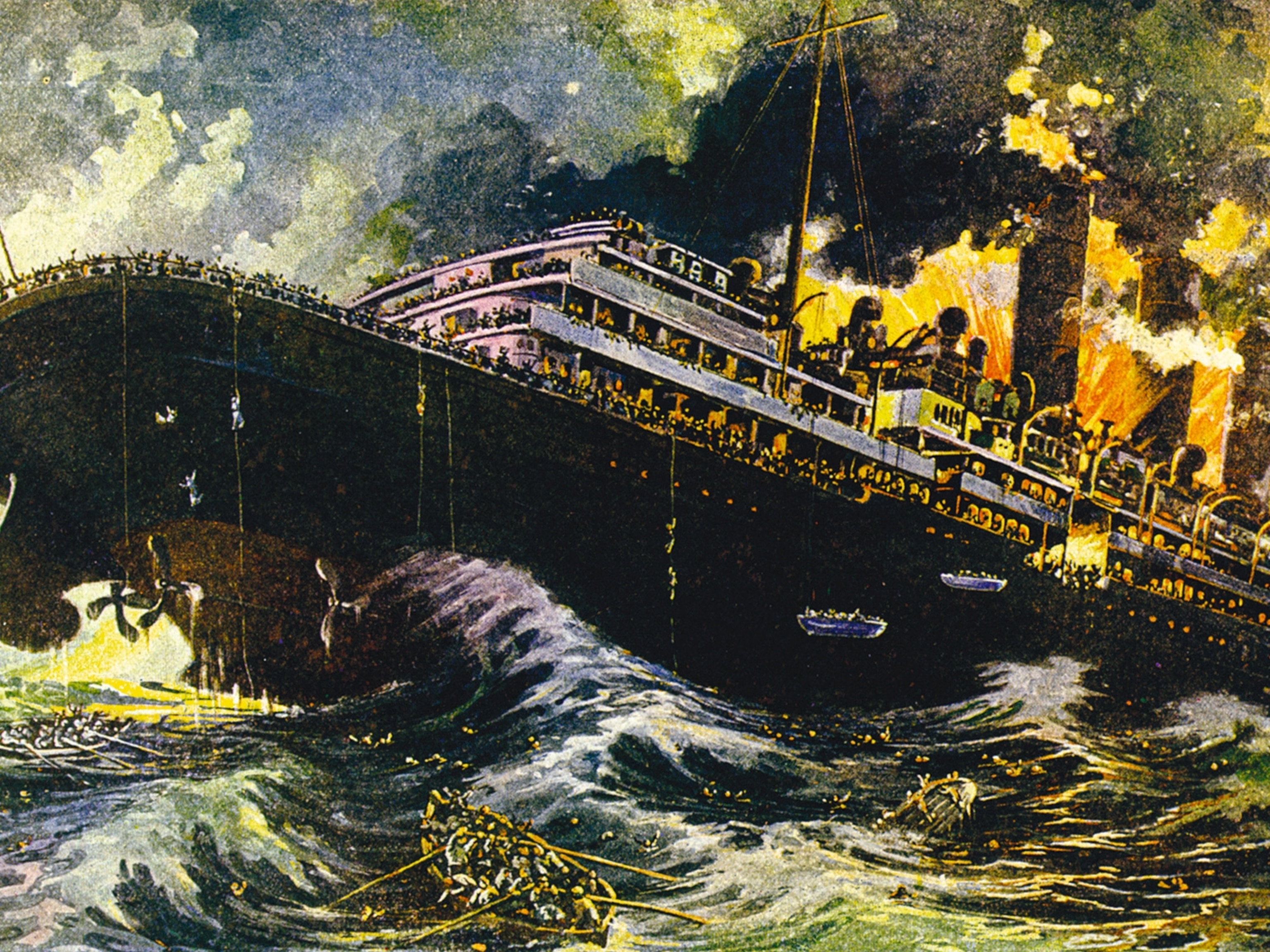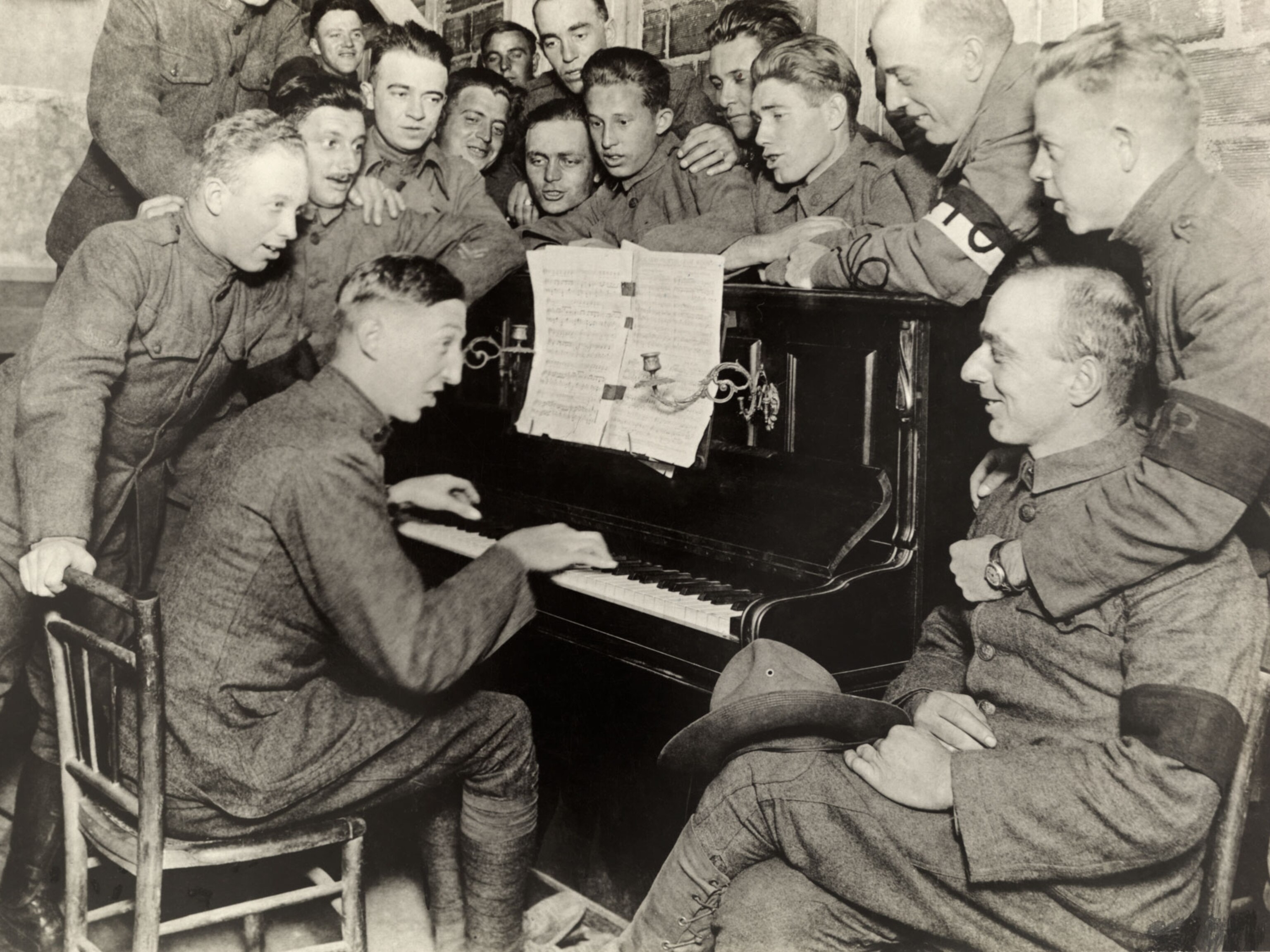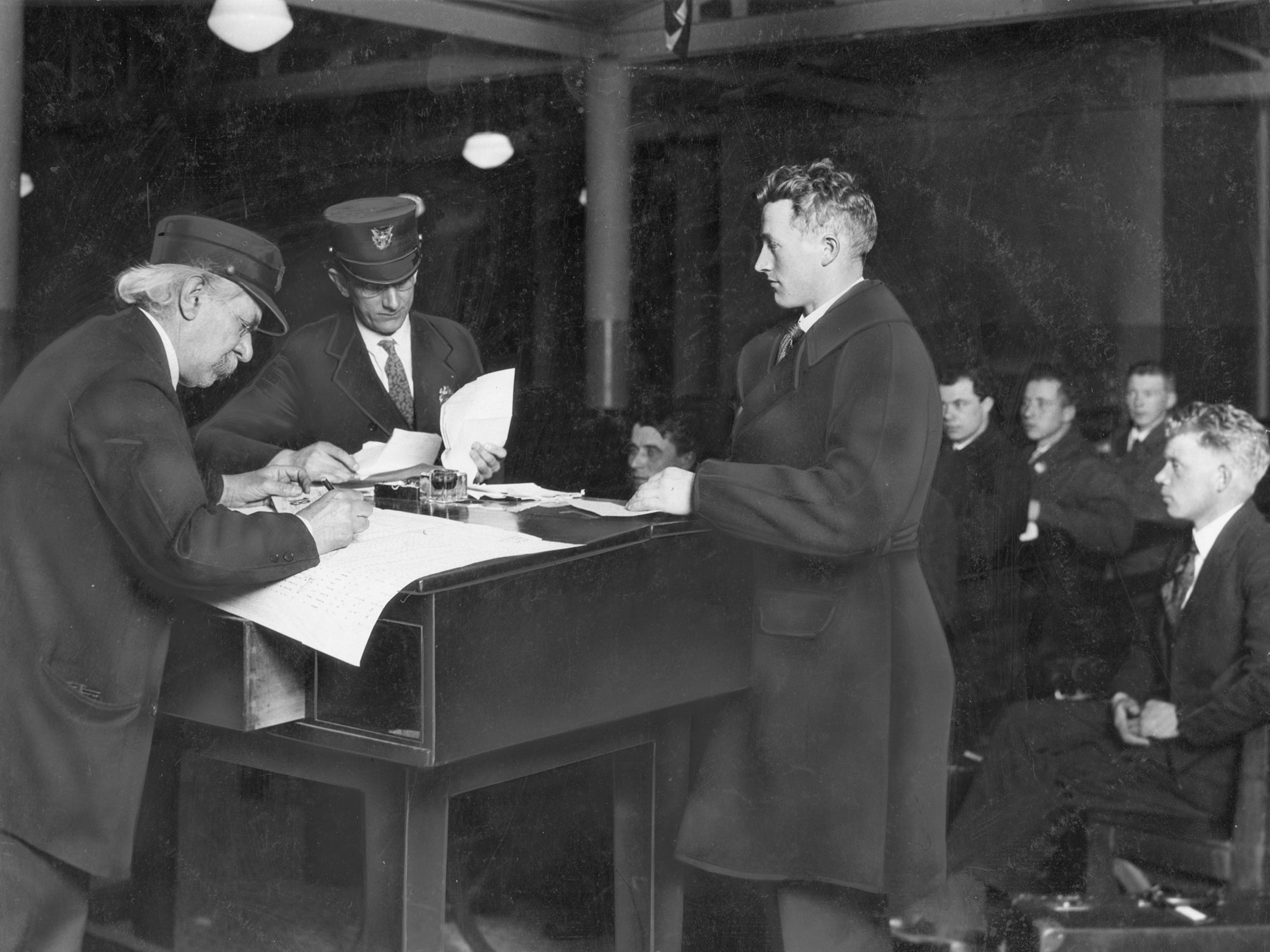See the WWI Submarine Discovered Off the Coast of Belgium
It's one of 11 discovered in the region and possibly the most well-preserved.
Twenty-three bodies may still be inside the sunken remains of a World War I submarine found off the coast of Belgium.
Carl Decaluwe, governor of the Dutch region Western Flanders, announced that authorities had found the remains of the Unterseeboot, commonly called a U-boat, during a press conference on Sept. 19.
"The impact damage was at the front, but the submarine remains closed, and there are 23 people still onboard," he told the Associated Press.
The vessel was most likely disabled by a mine, Decaluwe added.
Found somewhere between 82-98 feet under the surface, the boat is reportedly 88 feet long and nearly 20 feet wide. WWI U-boats were commonly staffed by a crew of 23 and, given the ship's preserved condition, officials believe it's likely the crew is still inside.
In an interview with LiveScience, marine archaeologist Tomas Termote, one of the divers who discovered the ship, said sonar scans first picked up presence of a large, wrecked object on the seafloor in 2014. He initially thought the wreckage came from the remains of a World War II landing craft, which have been frequently found in the area.
Further sonar scans eventually revealed the shape of the U-boat didn't match those of other ships that had been found previously. The vessel has pointed ends and a long, protruding beam at its center.
Video taken of the wreckage shows the top of the ship's remains. In the hundred years since it sank, barnacles and algae have since grown over the structure.
It's the 11th such sunken German ship to have been discovered in the region and reportedly in the best condition. The submarine was a UB-II type of U-boat, a formidable weapon of war in their heyday. Equipped with torpedoes, UB-IIs were frequently stationed in the North Sea and unleashed significant damage on allied forces.
A total of 18 U-boats patrolled the small port in Western Flanders from 1915 to 1918, and 13 were reportedly destroyed. As many as 93 U-boats may have been stationed around Belgium during WWI.
A website dedicated to documenting the history of U-boats from WWI shows that the heavily trafficked region from southeast England to France and Belgium had the highest concentrations.
Officials are staying mum about the ship's exact whereabouts to protect it from anyone who might tamper with the find. They hope to identify the ship's number, which may yield insights into who is still on board.





